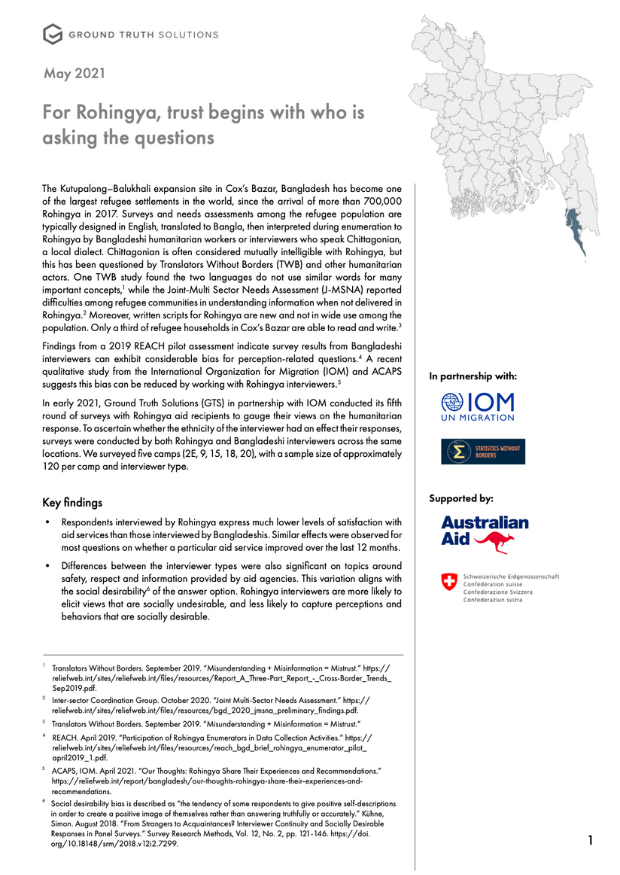Bangladesh
Since 2017, the Cox’s Bazar district of Bangladesh has seen the arrival of more than 750,000 Rohingya fleeing persecution and violence in Myanmar.
Farmers carry bundles of grass after harvesting it from the Chors (Sand islands) in Sirajgonj, Bangladesh. Photo: Abir Abdullah/GTS.
Overview
There are now more refugees in the 33 congested camps in Teknah and Ukhiya sub-districts than there are Bangladeshi locals in the area. The prospect of safe return to Myanmar seems increasingly uncertain, and thousands of refugees will remain in Bangladesh for years to come.
The influx has exacerbated issues for a region already suffering from poverty, lack of livelihoods, and limited access to infrastructure and basic services – leading to tensions over jobs and resources. Overcrowding has heightened the risk of landslides and fires, and raised concerns about crime, environmental degradation, and access to clean water. Tens of thousands continue to be devastated by recurring monsoon flooring, and other climate changed induced disasters. These events affect not only the refugee population, but also put strain on the local population.
As such, the humanitarian response has aimed to scale-up assistance to the host population – including livelihoods, health, education, and nutrition – whilst allaying inter-community tensions.
Our work
Since 2017, Ground Truth Solutions has been working in Cox’s Bazar, aiming to provide Rohingya and local Bangladeshi communities with a way to express their views and give feedback.
Listening and responding to the voices of these communities is a vital step in closing the accountability gap and empowering people to be part of the decisions that govern their lives.
Through the eyes of refugee and host communities, we see how humanitarian programmes are responding to their needs. Questions discussed with both groups are linked to the objectives of the Joint Response Plan (JRP) and commitments set out in the Core Humanitarian Standard (CHS).
Standardised surveys are combined with broader capacity development efforts to ensure that humanitarian programmes are informed by and can adapt to the views, perceptions, and priorities of the affected people. Local organisations can then continue to provide response-wide feedback services in the future.
In this project, we aim to ensure that affected communities and host communities can hold aid providers to account because:
Rohingya and host communities have ways to provide continuous feedback to humanitarian programmes and affected people can engage in two-way communication with responders;
National and international actors better understand the evolving needs on the ground and are better equipped to respond to them;
Local responders are better equipped to collect and analyse feedback from refugees to deliver effective humanitarian interventions.
“The fact that humanitarian staff come here from far away to speak to us makes us feel respected.”
Donors
Australian DFAT, SDC, FCDO, H2H Network
Project partners
Helvetas, Prottyashi, IOM Bangladesh Needs and Population Monitoring (NPM) unit, The Bangladeshi Red Crescent Society, International Federation of the Red Cross/Crescent



























